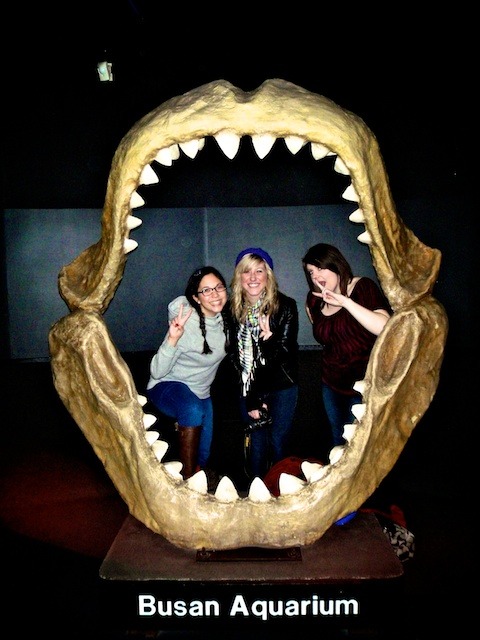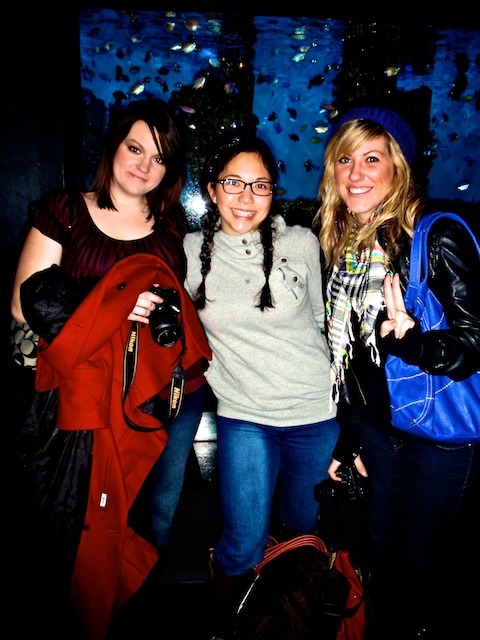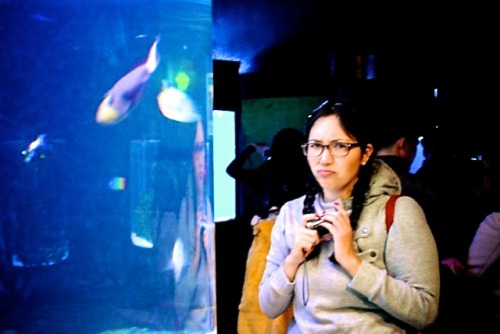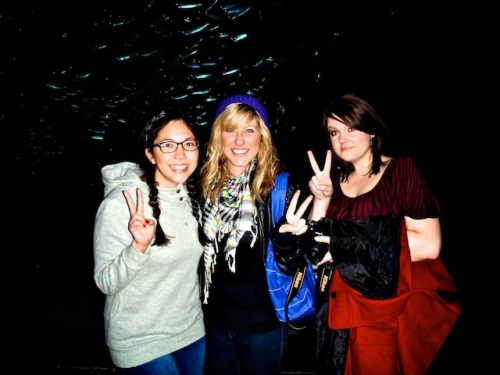In Search of Denisova Woman
 This story continues to amaze me. Who needs science fiction when there’s alternate lines of human evolution to contemplate! So, a little more about the significance of that finger bone and molar found in the Denisova cave.
This story continues to amaze me. Who needs science fiction when there’s alternate lines of human evolution to contemplate! So, a little more about the significance of that finger bone and molar found in the Denisova cave.
This discovery is extraordinary on many levels.
Perhaps the most important is that one small group of modern humans who live far away from Siberia—the Melanesian islanders of the Pacific Ocean—have picked up a block of genes from the newly discovered species on their (or, rather, their ancestors’) travels. Genetic evidence of the Melanesians’ journey from the African cradle of Homo sapiens, which started (like that of all non-African people) about 60,000 years ago when a band of adventurers crossed the straits of Bab el Mandeb, from modern Djibouti to modern Yemen, suggests they then continued along the south coast of Asia, never going far inland. For the necessary interbreeding to have happened, Dr Paabo’s new species would thus have to have been spread over a vast area of Asia. Yet it has left no previously identified traces.
To be fair, Asia has not, so far, been a rich source of human fossils—unlike Africa, where many sites in the east and the south have yielded ancestral humans, and Europe, where Neanderthals have been found by the hundred. Good Asian fossils come only from China (Peking Man, a type of Homo erectus) and Indonesia (Java Man, another erectus, and Homo floresiensis, the much-maligned “hobbit” of the island of Flores). Stone tools abound, but human bones from other Asian sites are almost as rare as hens’ teeth. The few that do exist are now, of course, the subject of intense scrutiny and much debate about whether they, too, belong to the new species.
What this discovery ought to provide, then, is the impetus to start looking much harder for human fossils in Asia. The new species, which has yet to be named, clearly lived all over the place. If, despite that, it remained hidden until now, who knows what other species of human might also be out there?
Do you hear that, grad students!? Let’s get digging!

Powered by ScribeFire.
Filed under: Academia, East Asia, Science Tagged: denisova cve, human evolution, melanesians


 The Economist
The Economist 


















 RSS Feed
RSS Feed
Recent comments